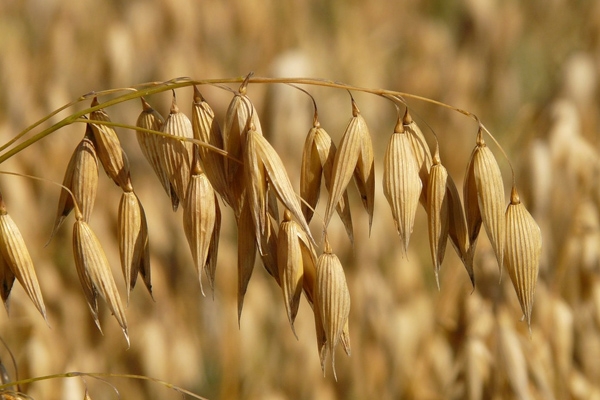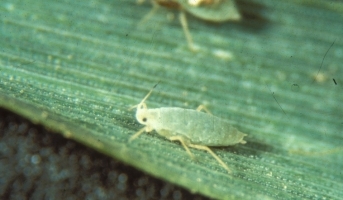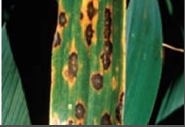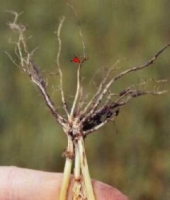Haryana Javi-114: Early sowing variety. Released by CCS HAU, Hisar in 1974. Suitable for all over India. The variety is resistant to lodging. Suitable for multi cut. It gives an average yield of 50-230qtl/acre green fodder, 54qtl/acre and 83qtl/acre seeds.
OL-9: Suitable for cultivation in all irrigated areas of Punjab. Seeds are of medium size. Gives average seed yield of 7qtl/acre and fodder yield of 230qtl/acre.
Kent: It is suitable for growing in all areas of India. Average plant height is 75-80 cm. This variety is resistant to rust, lodging and blight. It gives fodder yield of 210qtl/acre.
Harita (RO 19): Released from MPKV, Rahuri in 2007. Suitable for multi cut variety. It gives an average yield of 200qtl/acre green fodder and 40qtl/acre dry matter. The variety is resistant to leaf blight disease.
Bundel Jai 2004 (JHO-2000-4): Released from IGFRI, Jhansi in 2002. Suitable for North East and North West regions. Suitable for single cut. It gives an average yield of 200qtl/acre green fodder and 40qtl/acre green fodder. The variety is tolerant to crown rust, powdery mildew, leaf blight and root rot.
OL 125: Released from PAU, Ludhiana in 1995. Suitable for cultivation in north-west and central regions. Suitable for single cut or multi cut. It gives an average yield of 240qtl/acre.
(Bundel Jai 851) JHO 851 and OL 529 are also suitable varieties for oats.
Other state varieties:
OL-10: Suitable for cultivation in all irrigated areas of Punjab. Seeds are of medium size. Gives average fodder yield of 270qtl/acre.
Brunker-10: It is a quick growing variety having fine, narrow, smooth leaves. It is resistant against drought. It can be cultivated in areas of Punjab, Delhi, Haryana and Uttar Pradesh.
HFO-114: It is suitable for cultivating in all oat growing areas. It was released in 1974 by HAU, Hisar. This variety is tall and it is resistant to lodging. It has bold seeds and has an average yield of 7-8qtl/acre of seed.
Algerian: This variety is suitable for irrigated areas. Average plant height is 100-120 cm. It has slow early growth and light green color leaves.
OS-6: Suitable for cultivation in all areas of India. Gives average green fodder yield of 210qtl/acre.
Bundel Jai 851: Suitable for cultivation in all areas of India. It gives average green fodder yield of 188qtl/acre.






















